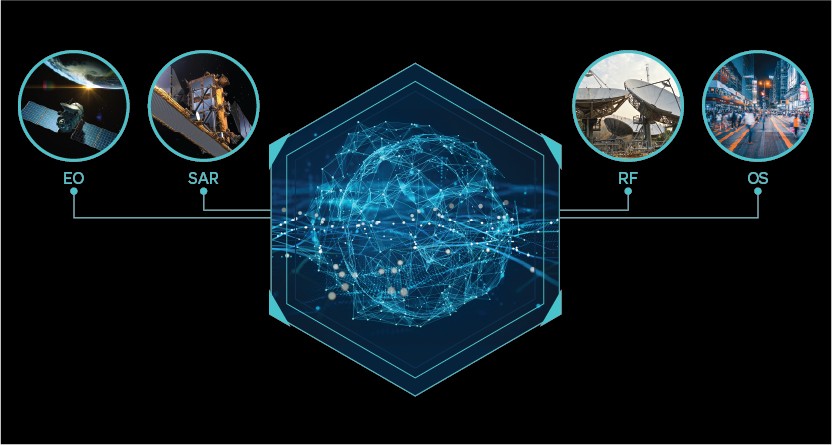In today's rapidly evolving technological landscape, federal agencies face a myriad of challenges and opportunities. One significant hurdle is the need to adapt to new tools, data sources, and methodologies while maintaining existing systems. Agencies should find ways to enhance their capabilities without disrupting their operations or incurring excessive costs. This is where the incorporation of advanced commercial solutions with existing government and industry tools becomes crucial.
The primary challenge isn’t the sheer volume and variety of data, but rather that most federal systems are set up to task, collect, and process data from their own sensors and sources. This makes the vast ocean of available commercial and unclassified data and technologies more of an afterthought because these legacy systems were not designed to orchestrate, ingest, and integrate new and emerging capabilities. Without harnessing commercial data and analytics, federal agencies aren’t getting the holistic answers they need to address their challenges.
Federal agencies must expand their network of sources and solutions to include new types of data for better insights. From commercial electro-optical (EO) imagery and synthetic aperture radar (SAR) to radio frequency (RF) signals and open sources (OS), the unclassified information landscape is vast and complex. Merging these diverse data sources into a cohesive and highly automated analytical framework is essential for effective decision making.
Moreover, the federal government must ensure that new solutions are adaptable and can work seamlessly with the systems and processes already in place. By leveraging commercially hosted ingest pipelines and analytics, the burden on agencies is minimized, allowing them to focus on their core missions rather than on managing new technologies. By leveraging solutions that work in harmony with existing tools, agencies can enhance their capabilities without the need for costly and time-consuming system overhauls. In addition, the use of commercially hosted solutions can help reduce the complexities associated with data agreements and ingest pathways, as the commercial solution provider builds and manages these, alleviating the federal government from these tasks.
A layered analytics approach and the delivery of fused commercial information products are beneficial in this context. By utilizing EO imagery, SAR, RF, OS, and other technical datasets, solution providers can enable agencies with a robust analytical framework and a more comprehensive view of their missions compared to the use of government sensors and sources alone. This multifaceted approach ensures that agencies have access to the most relevant and actionable information, empowering them to make informed decisions and accelerating mission impact.

 Image of electro-optic (EO) imagery, synthetic aperture radar (SAR), radio frequency (RF) signals, and human geography (OS) data compiled to provide a comprehensive view
Image of electro-optic (EO) imagery, synthetic aperture radar (SAR), radio frequency (RF) signals, and human geography (OS) data compiled to provide a comprehensive view

